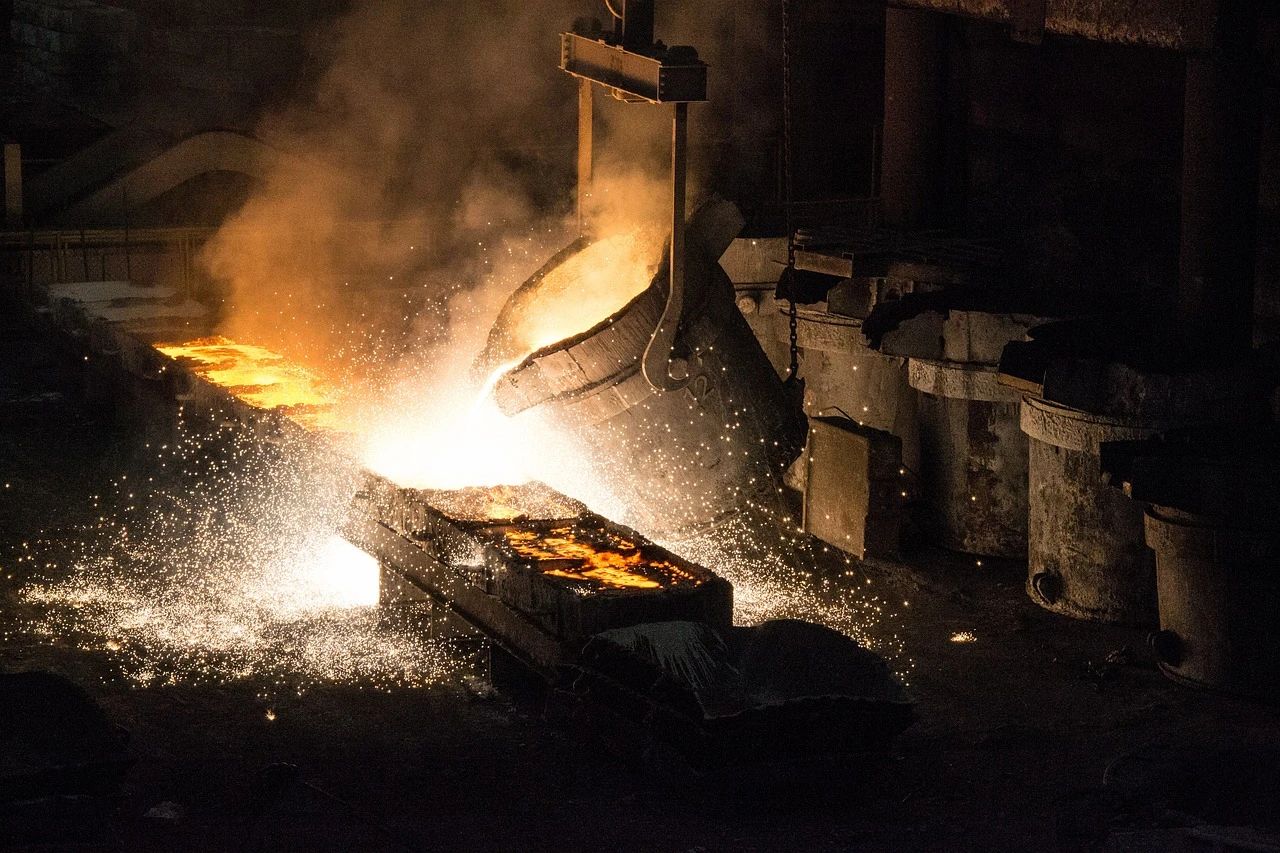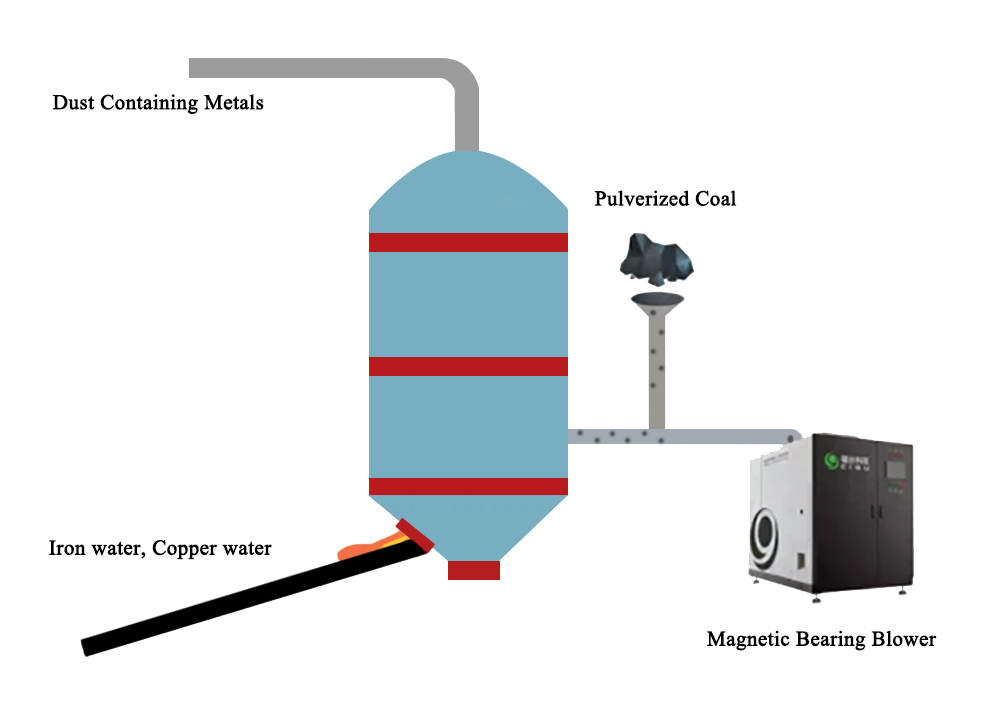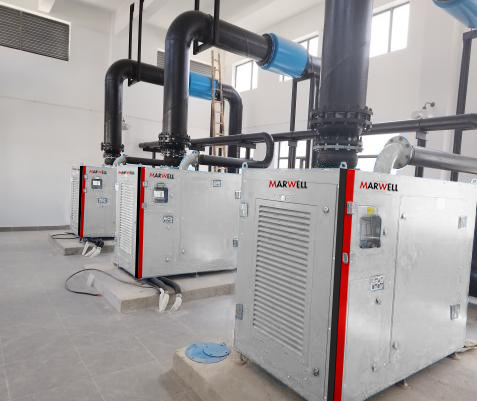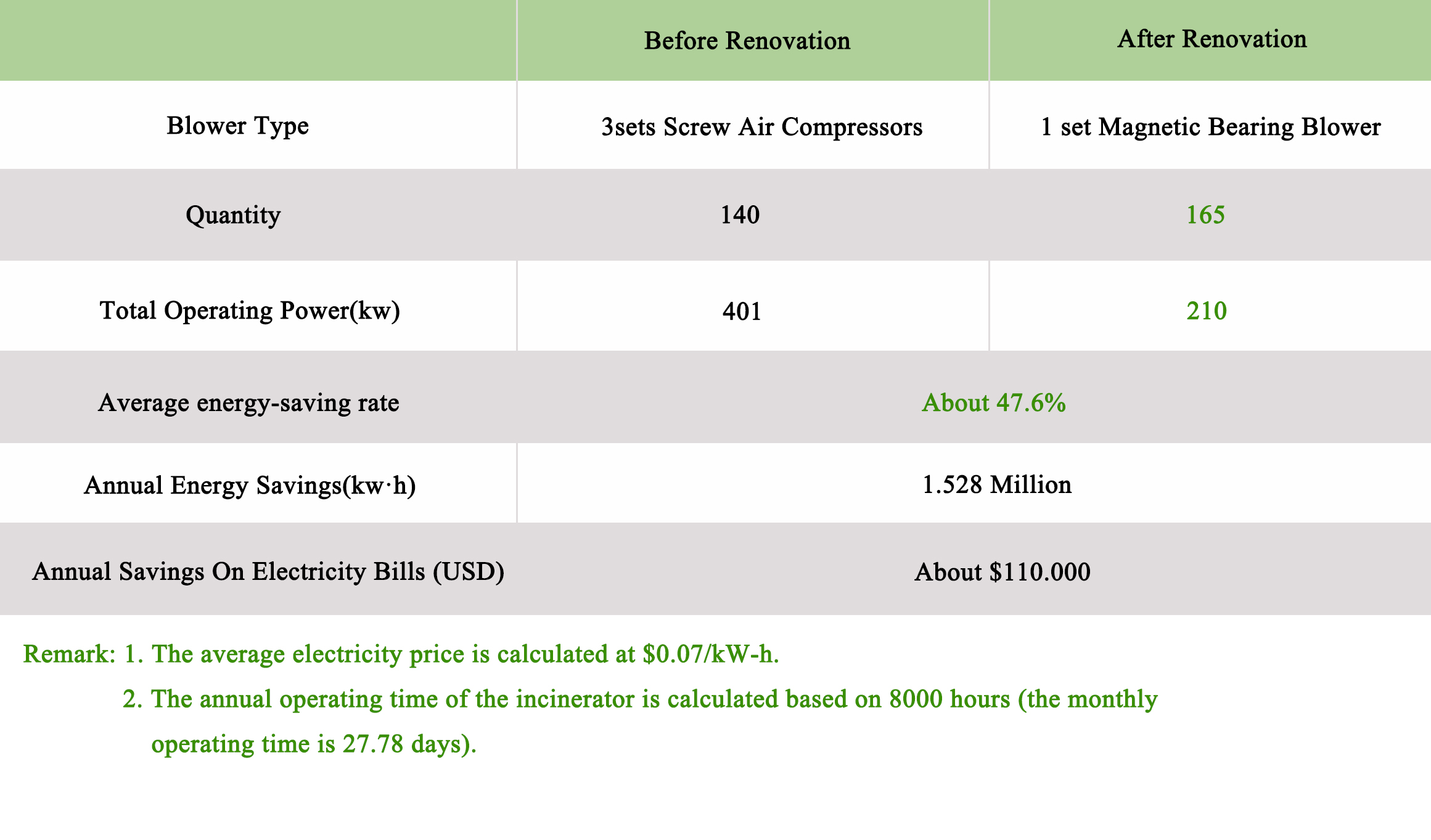The non-ferrous metals industry has long been a major consumer of energy. According to data, the energy consumption of the non-ferrous metals industry in 2020 was approximately 265.5 million tons of standard coal, accounting for 5.3% of the world's total energy consumption.

In recent years, with improvements in non-ferrous metal smelting processes and technologies, issues such as high carbon emissions and low resource utilization rates have been significantly improved. However, due to the numerous processes and mechanical equipment involved, the path to energy conservation in the non-ferrous metals industry remains challenging.
In non-ferrous metal smelting, the fuming furnace is a traditional metallurgical method widely used in the smelting of copper, lead, zinc, nickel, and other non-ferrous metals. By injecting a mixture of air and pulverized coal into the molten slag, valuable metals can volatilize in the form of metals, oxides, or sulfides.

Application Case
A metallurgical enterprise has two 4㎡ fuming furnaces, each using three screw air compressors (two small and one large) to supply air. After years of use, the performance of the screw air compressors has significantly declined, and their low efficiency, high energy consumption, loud noise, and complex maintenance have made it difficult to meet user needs.
The manufacturer originally planned to replace them with Roots blowers, but considering that long-term operation could lead to performance decline and high noise, requiring another replacement, they ultimately decided to upgrade to the more energy-efficient, stable, and quieter magnetic bearing blowers.
Upon receiving the customer's request, Marwell's environmental technicians promptly visited the site and, after on-site surveying and calculations, proposed an efficient and energy-saving magnetic bearing air supply solution: replacing the original three screw air compressors with one MTB-200 magnetic bearing centrifugal blower.

After the Marwell magnetic bearing blower was put into use, compared to the original three screw air compressors, the air supply increased from 140 m³/min to 165 m³/min, and the process time per furnace was reduced from 170 minutes to 150 minutes, improving production efficiency. While helping the enterprise enhance production efficiency, the magnetic bearing blower also significantly reduced the energy consumption expenditure of the air supply system. The magnetic bearing blower operates stably, with an operating power of 210 kW, which is 191 kW less than the air compressors, achieving a power-saving rate of 47.6%. The annual electricity savings are approximately 1,528,000 kW·h, and the annual electricity cost savings are about USD110,000.

Marwell magnetic bearing blowers are widely used in the metallurgical industry, offering about 30% energy savings compared to traditional Roots blowers. With their efficient, energy-saving, stable, and reliable performance advantages, they have helped many well-known metallurgical enterprises achieve energy savings and efficiency improvements.
In the future, Marwell will continue to drive innovation with technological advancements, continuously optimize product performance, and use magnetic bearing bearing technology to promote industry upgrades and transformations, contributing to the green development of the non-ferrous metals industry.